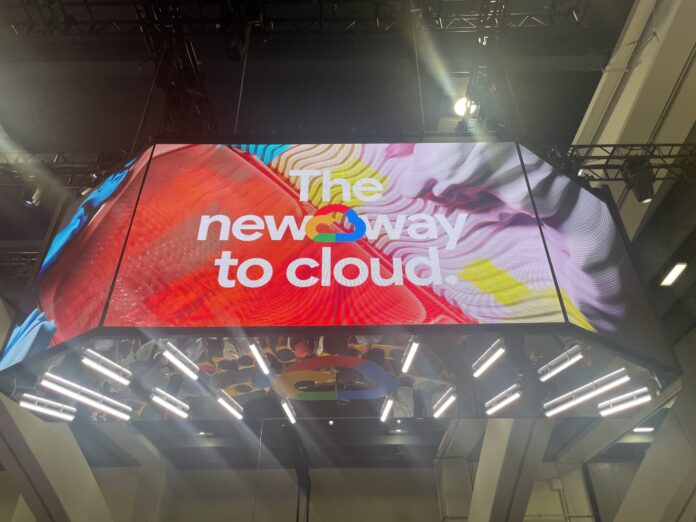It’s important to look at AI holistically and to not rule out more traditional machine learning models, says Google Cloud’s VP/GM Sachin Gupta
Anything can be AI (Artificial Intelligence), Google Cloud’s VP/GM Sachin Gupta, told RCR Wireless News at Google Cloud Next, which took place last week in San Francisco. But, he continued, as conversations around generative AI (GenAI) continue to dominate media headlines and CTO offices, it’s also important to look at AI holistically and for enterprises — particularly telcos, he added — to not rule out more traditional machine learning (ML) models.
“There is an ML to GenAI continuum,” said Gupta. “Things like capacity planning and how [telcos] understand the needs of [their] subscribers… a lot of that might not be GenAI; it might be more traditional ML models that [they] need to leverage.” He explained that while generative AI is great for interactive experiences, such as customer care and the postmortem assessment of a network error, a lot of other optimization efforts — such as initial detection of errors and root cause analysis — might not need more than traditional ML models.

According to Gupta, the need for all types of AI tools has helped its customers realize the true “power” of this technology, as well as see the value of partnering with Google. The company, he claimed, supports “AI capabilities of all kinds” through its solutions like its Vertex AI solution and through business directives like the 2022 acquisition of cyber defense company Mandiant, as well as its cloud infrastructure, to help telcos achieve things like more network efficiency, increased revenue and enhanced security.
“All of them work in concert,” Gupta said.
AI in telco operations
As telcos continue to transform their operations, injecting AI and automation into workflows across their organizations, questions around just how much autonomy these tools will be given have emerged.
Overtime, said Gupta, telcos will leave more and more operations fully in the hands of ML and AI as comfort levels around the technologies increase. A prime example would be using ML and AI to automatically detect new threats without human oversight. “But what doesn’t happen necessarily is the automatic filtering and firewall rules after the threat is detected,” he continued, suggesting that while they may accept AI telling them there is a problem, it will take much longer for telcos to trust AI to make the decision about how to solve the problem.
Ultimately though, shared Gupta, the number one question from telcos is how AI can help them generate more revenue, followed by how it can help them reduce cost. Google’s growing AI toolbox can help, he said.
“We can provide insights into customers that are likely to drop off, who is best suited to be upsold to — I think we can help with that a ton through Telecom Subscriber Insights,” he said. Telecom Subscriber Insights is a Google product that ingests data from various sources, creates predictive models and then uses AI to recommend offers to the subscribers’ devices for activation. This, he stated, addresses the revenue side of things. And when it comes to cost cutting, AI can deliver insight into how a telco’s network is performing and can automate the deployment of 5G function instances and assist in network planning, speeding up this process and ensuring an optimal layout.

